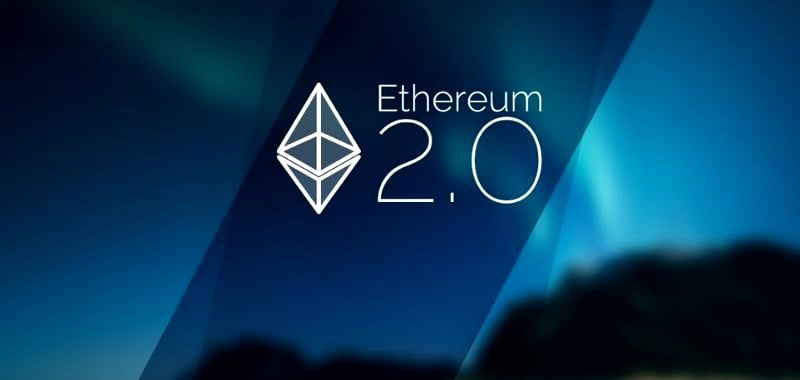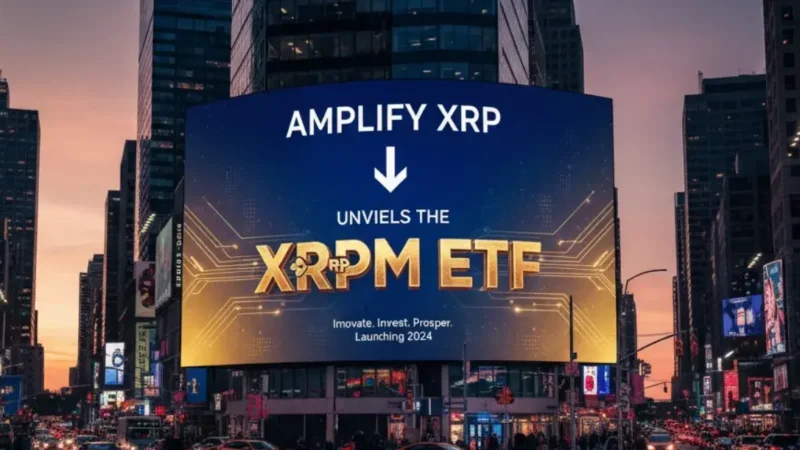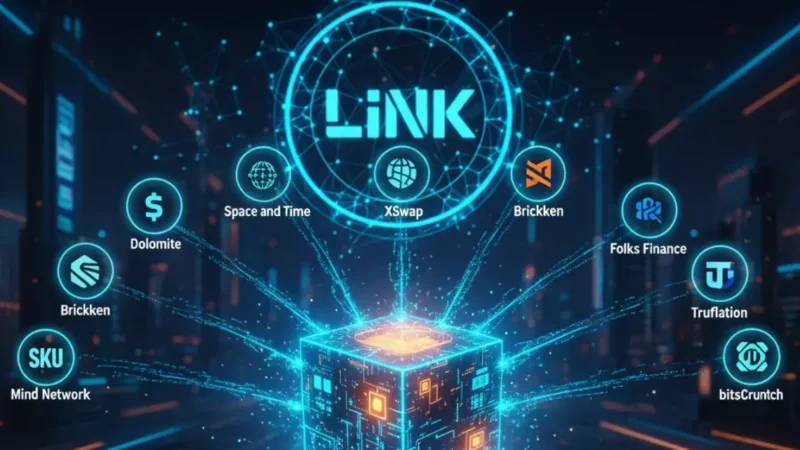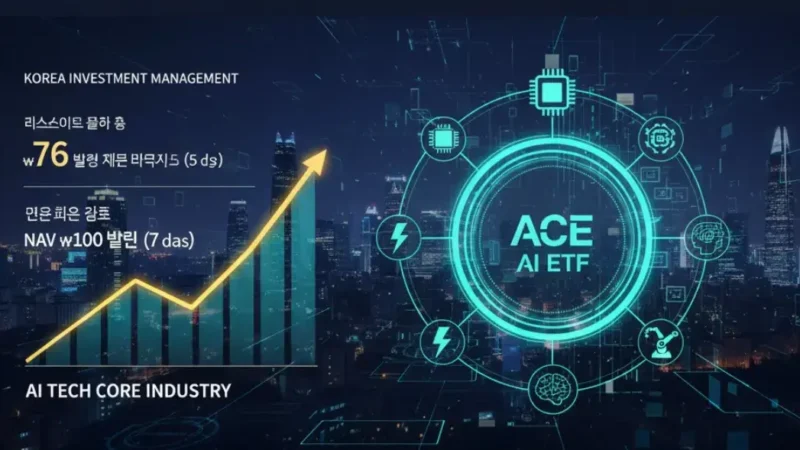Ethereum 2.0 is expected to come in the second quarter of 2022

Joe Lubin, Co-Founder of Ethereum and CEO of ConsenSys, is confident that the new, innovative Ethereum version will be launched in the next few months. At the crypto event Camp Ethereal last week, he explained the significant infrastructure changes that are intended to make Ethereum 2.0 more robust and secure
Ethereum investors and supporters are eagerly awaiting the launch of Ethereum 2.0 with the Proof-of-Stake (PoS) mechanism.
ConsenSys CEO Lubin made the comments during a speech at crypto event Camp Ethereal in Wyoming last week. We have a team working hard on it,” he said.
With the recent launch of the Kiln Merge testnet, Ethereum is already a big step closer to merging. The Ethereum developers are currently actively working on the transition from Ethereum 1.0 to a parallel ghost network called the Beacon Chain. This will evolve into Ethereum 2.0, which many also refer to as the “consensus layer.”
The job of the beacon chain is not to carry out real transactions. Rather, it is intended to provide a home for validators who use their ETH. This lays the foundation for a smooth transition from PoW Ethereum 1.0 to PoS Ethereum 2.0.
The transition will make Ethereum greener due to the energy savings it will bring and improve scalability by reducing the gas fee. Ethereum 2.0 is also said to host many more DeFi apps, DApps and NFTs without the network congestion issue. 51% attacks by miners should also become impossible in the future. Validators found to have committed fraudulent transactions face hefty penalties.
Ethereum 2.0 Step by step
Ethereum is making slow progress with version 2.0, but progress is being made. The successful launch of the Kiln testnet earlier this week is another step towards The Merge.
One of the major developments in ETH 2.0 is shard chains and rollup technologies. These increase the transaction speed and reduce costs at the same time. In his speech at Camp Ethereal, Lubin said:
“The merge will eliminate the proof-of-work issue and the Ethereum carbon or energy footprint issue. In terms of energy, this is orders of magnitude cheaper. Another exciting aspect of moving to Proof-of-Stake is that Proof-of-Work requires the issuance of Ether to incentivize people with large infrastructure to commit their resources and validate transactions on the network. So if you have limited infrastructure, you can correspondingly spend less ether per block that is created.”
Lubin also commented on the latest EIP-1559 implementation, which introduces a burning mechanism to destroy a certain amount of ETH with each transaction:
“If the merge happens we will be burning more ether each day than is being spent because far less ether is being spent to secure the network and this will result in ultra-solid money.”




